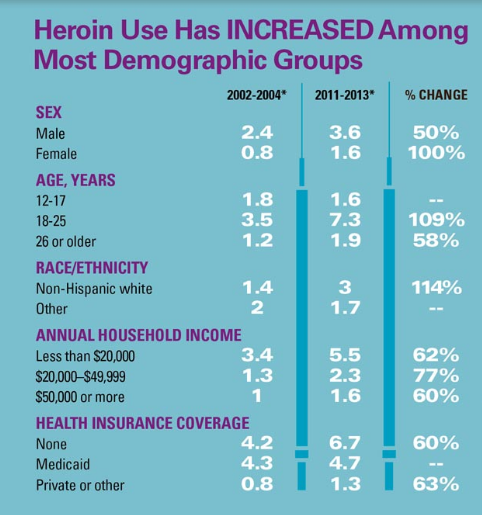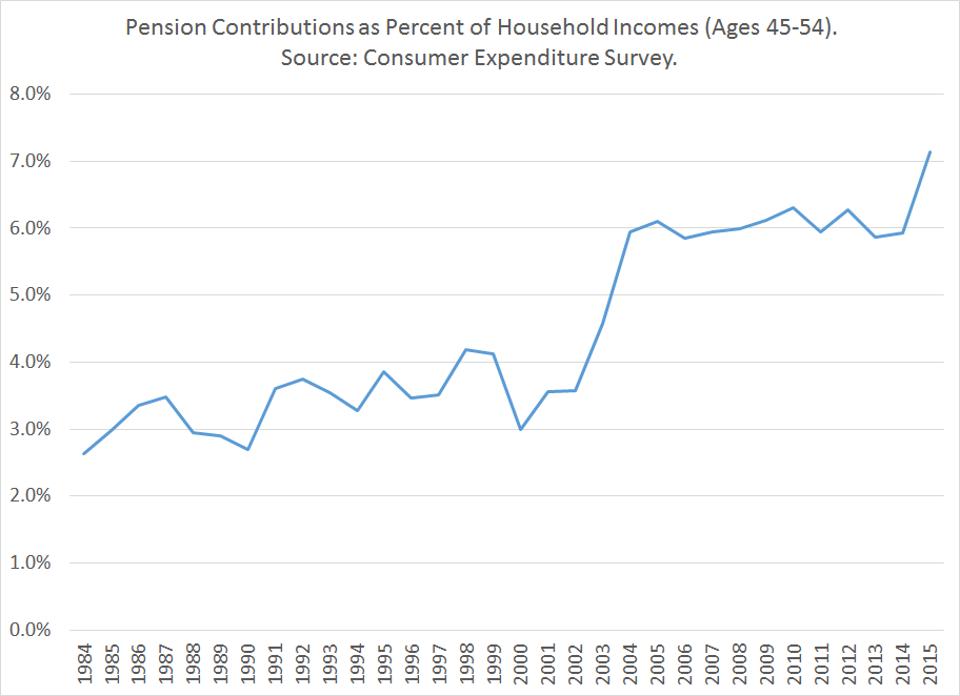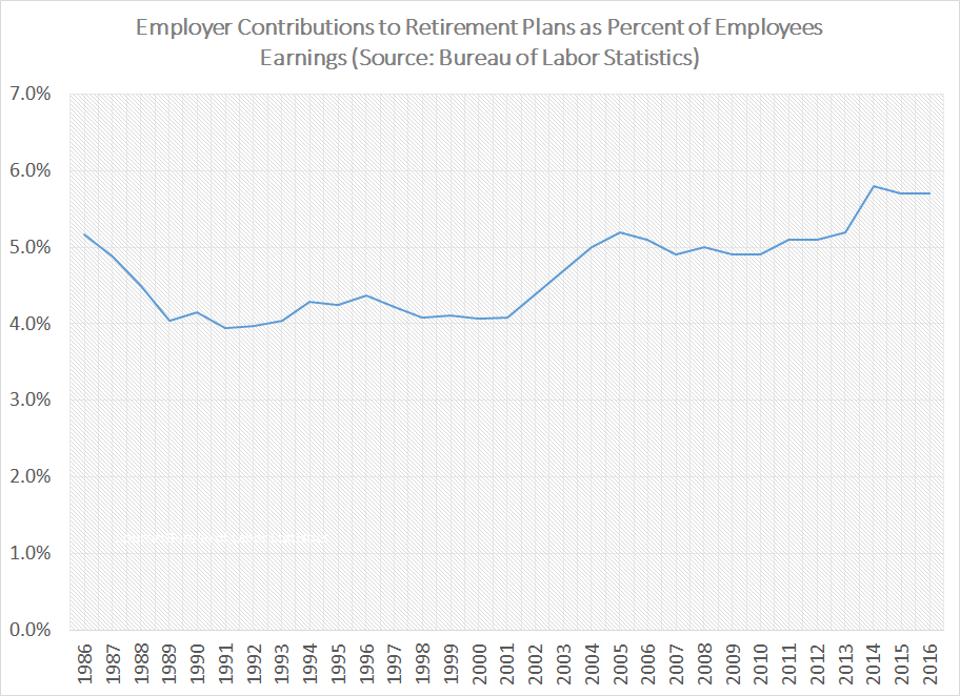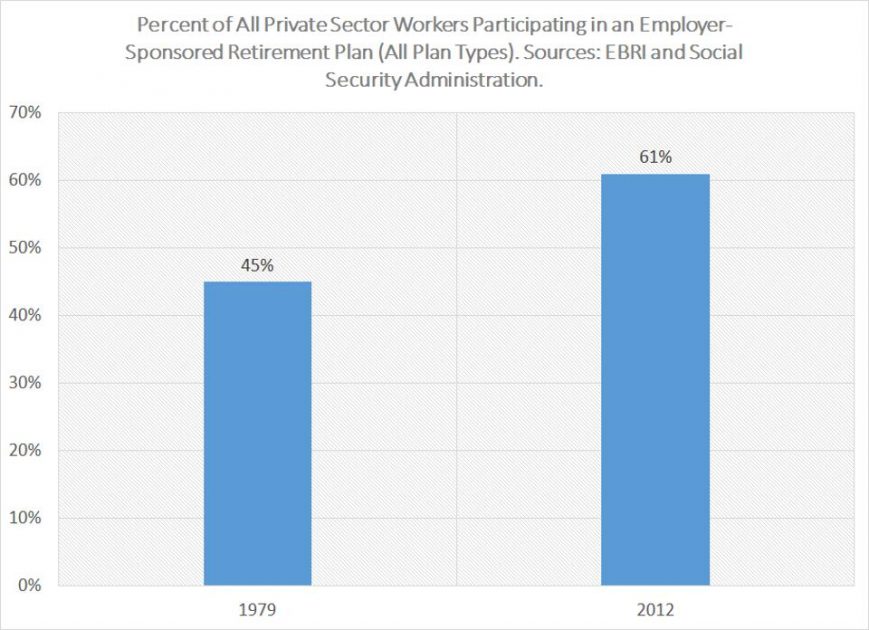Second chances are easier said than given. But that doesn’t mean there are no second chances. In fact, one electrical engineering firm decided that it was going to invest in second chances, and since then, business has snowballed.
For the Weifield Group in Denver, Colo., it was an evolution, and then, ultimately a conscious decision by the company’s owners to create an environment where people were involved in something bigger than themselves.
Why? Not just because it generated a lot of work, but because it was the best way to take advantage of “God’s gift” of leading a profitable business.
“God gives you different ‘giftings’ and if you have that business gifting and you can excel within business, you can capture a big audience,” said Karla Nugent, chief business development officer of the Weifield Group. “Being in that position where you can have an area of influence and affect people positively is powerful.”
“The construction market can be a rough trade,” said Seth Anderson, CEO of the Weifield Group. “We decided, ‘Hey we can do this, we can do this better. We can provide the quality. We can provide a good place for the employees to learn and develop new skills.'”
Becoming a journeyman electrician takes four years of training to complete. Weifield decided to start an apprenticeship program that lasts up to four years. That includes 40 hours of work per week and health insurance.
For many of Weifield’s 300 employees, that kind of on-the-job training has been a lifesaver. Many of its apprentices are ex-felons or recovering addicts who truly needed second chances. Being an ex-felon often makes it difficult to find decent work.
Not every company can afford to provide this kind of intensive and expensive on-the-job training. But for Weifield, it enabled the company to raise its skills and provide solutions to serve its clients, and it raised its business game to the next level.
Now that the company is flourishing, Weifield is expanding its outreach to help charities and community organizations, not just run a company. Nugent said the growth is no surprise even as it keeps changing.
“We’re all blessed with all these talents, you know? How do you do something that’s bigger than build a building?”
The story of the Weifield Group is part of a new documentary called “To Whom is Given,” which looks at business owners’ faith-based decisions to help the common good. Learn more about the Weifield Group and “To Whom Is Given.”









